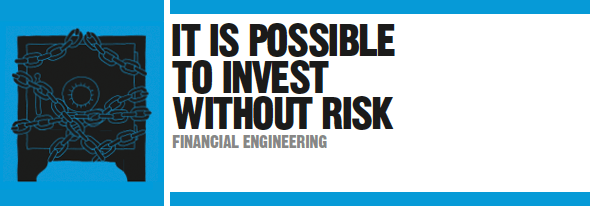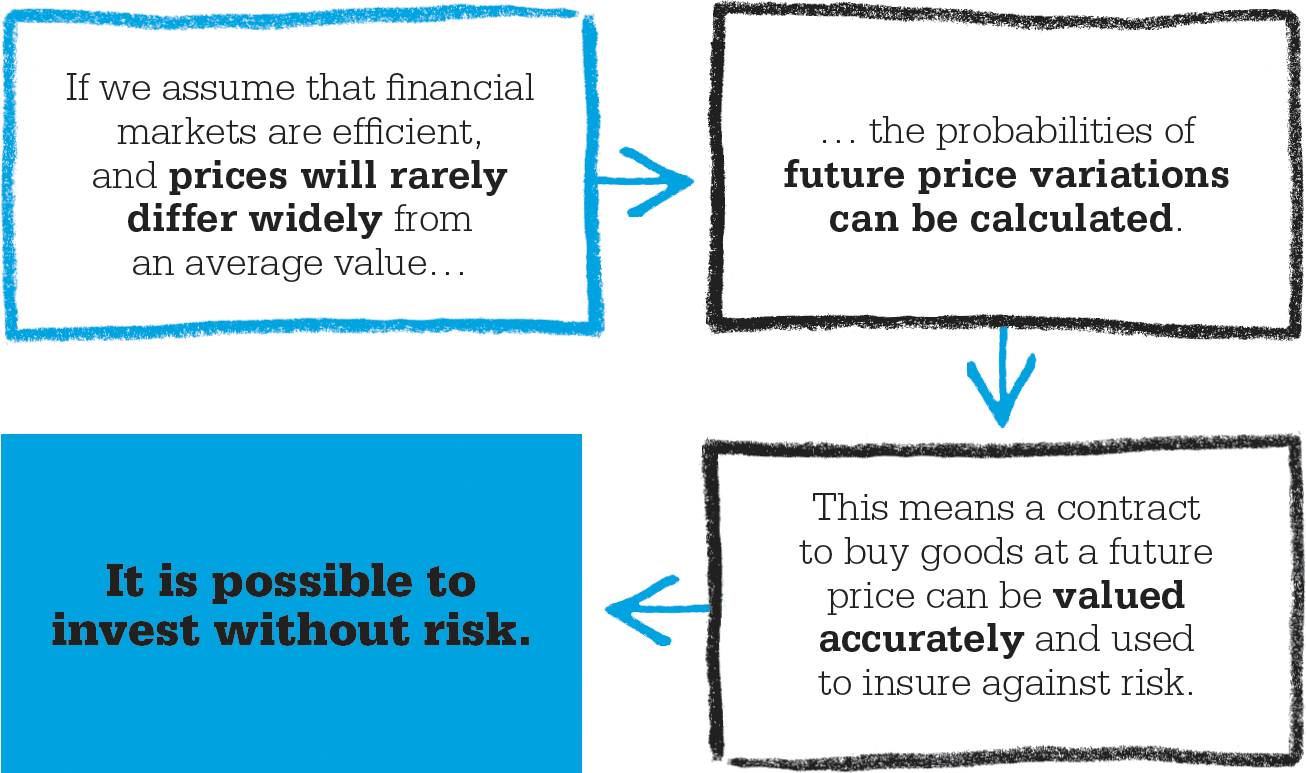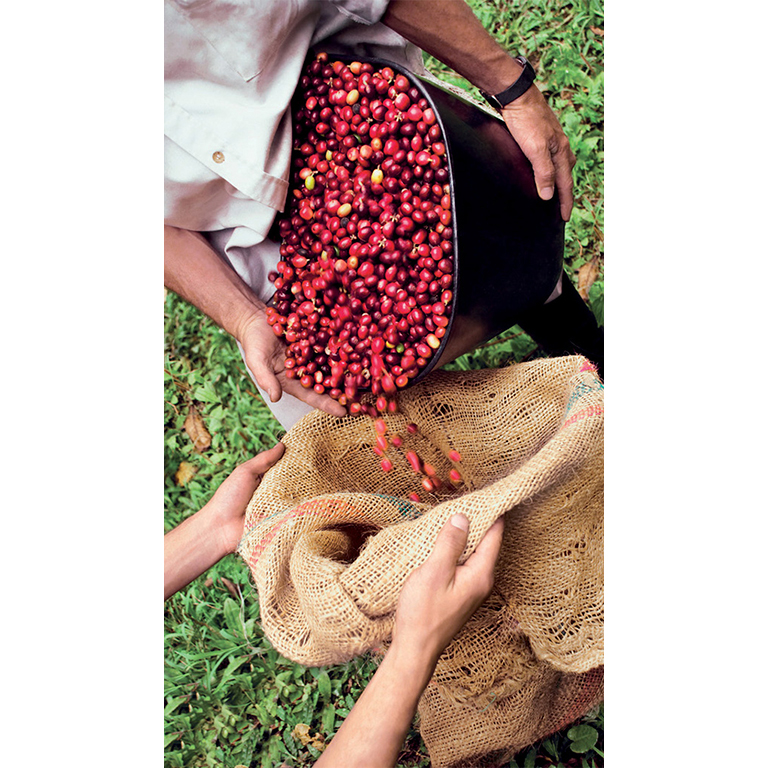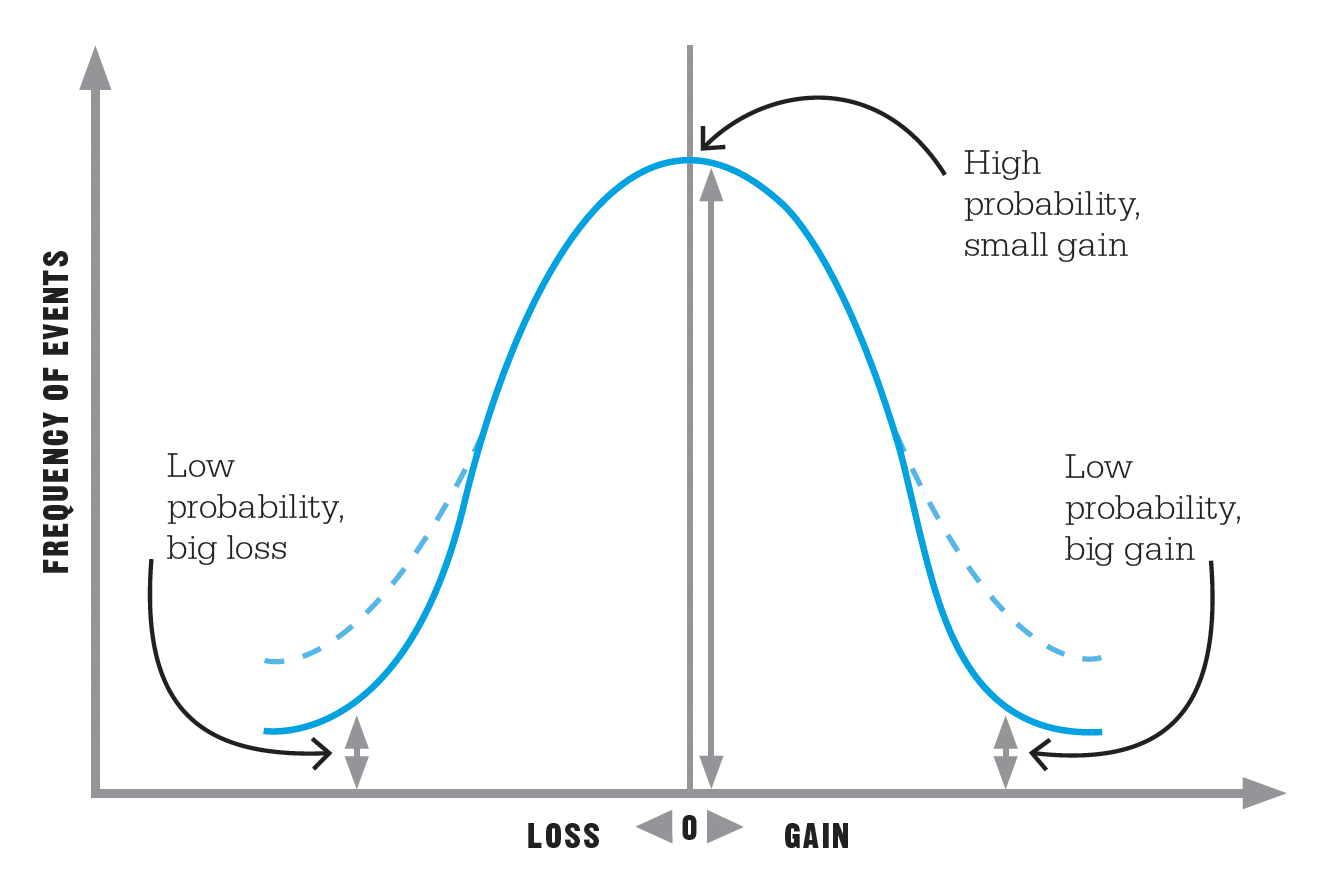

Banking and finance
Fischer Black (1938–95)
Myron Scholes (1941–)
1900 French mathematician Louis Bachelier demonstrates that stock prices follow a consistent but random process.
1952 US economist Harry Markowitz proposes a method to build optimal portfolios based on diversifying risk.
1960s Capital Asset Pricing Model (CAPM) is developed to determine the correct rate of return for a financial asset.
1990s Value-at-Risk (VaR) is developed to measure the risk of loss on a portfolio.
Late 2000s Global financial markets collapse.
During the 1960s the institutional foundations of the post-war world were steadily eroded. The Bretton Woods system of fixed exchange rates, pegged against a US dollar that was in turn locked into a fixed price against gold, was starting to buckle. The US was running persistent trade deficits (where imports outstrip exports), while recurrent balance-of-payments crises elsewhere provoked calls for the introduction of freely floating exchange rates. In 1971, President Richard Nixon took definitive action: he unilaterally canceled the dollar to gold relationship, ending the whole Bretton Woods system. At the same time domestic economies were experiencing steadily rising rates of inflation. Keynesianism, the economic thinking that had dominated the post-war years, came under sustained intellectual attack. The financial markets, which had been tightly regulated since the 1930s, pushed for a removal of restrictions on their activities. These restrictions were finally lifted in 1972, when the Chicago Mercantile Exchange was allowed to write the first derivative contract on exchange rates.

Derivatives have existed for centuries. A derivative is a contract written not directly for a commodity itself, but for some attribute associated with it. For instance, a typical early derivative contract is a “forward,” which specifies the price and future date for delivery of a commodity, such as coffee. The advantage of this arrangement is that it allows producers to lock their customers into a price in the future, regardless of how—in agricultural commodities—harvests and production actually turn out. The derivative aimed to reduce risk and insure against the future. This is known as a “hedge.” However, the derivative contract can work the other way around. Instead of providing insurance against the future, it can be used to gamble on the future. A forward contract locks in the delivery of goods for a certain price on a certain date. But if the immediate market price (the “spot price”) on that date is less than the price in the forward contract, an easy profit could be made. Of course if the market price is more than the one specified, it results in a loss. Furthermore, as derivative contracts do not involve payment for actual assets or commodities, but only for the right to buy those products in the future, they allow people to deal in huge quantities. Derivatives give traders leverage—more “bang for their buck.”

The price of rice may vary with changes in weather. A forward contract, where one party agrees to buy the rice at a certain price on a certain day, allows the grower to manage risk.
Derivative contracts became standardized and could then be bought and sold on a market like any other commodity. The first exchange to offer tradeable derivatives in agricultural products was the Chicago Board of Trade, in 1864. However, the possibility for speculation that all derivative contracts contain led to repeated bans on their use. “Cash-settled” contracts provoked particular concern. These were derivative contracts in which the delivery of the underlying asset did not have to take place on the specified day. Cash could be exchanged in its place. At this point all real connection between the underlying product and the derivative had been lost, and the possibilities for purely speculative behavior were immense.
Recognition of this speculative potential motivated governments to introduce strict regulations. From the 1930s onward, cash-settled derivatives in the US were classified as a form of gambling, rather than investment, and strictly controlled. Exchanges were not allowed to trade them. But with the collapse of the fixed exchange-rate system in 1971, a need rapidly emerged for hedging against potentially volatile floating exchange rates. Restrictions were lifted, and the market for derivatives quickly expanded.
"Don’t cross a river if it is four feet deep on average."
Nicholas Taleb
This provided the background to a critical problem. There was no reliable means to accurately price derivatives since they were, by nature, highly complex contracts. Even a simple “option” (providing the right but not the commitment to trade an underlying asset at a certain point in the future) had a price that was determined by several variables, such as the current price of the underlying asset, the time to the option’s deadline, and the expected price variation. The problem of providing a mathematical formula for this problem was finally solved in 1973 by US economists Myron Scholes and Fischer Black, and expanded upon by fellow American Robert C. Merton the same year.
These economists built on certain assumptions and insights about financial markets to simplify the problem. First, they made use of the “no arbitrage” rule. This means that prices in a properly functioning financial market reflect all the information available. An individual share price would tell you both the value of the company today, and what market traders expect of it in the future. It should be impossible to earn guaranteed profits by hedging against future risk because prices already incorporate all the information you are basing your hedge on.
The second assumption was that it is always possible to put together an option contract that mirrors a portfolio of assets. In other words every possible portfolio of assets that can be assembled can be perfectly hedged by options. All risk vanishes with this insurance.
Third, they assumed that although asset prices fluctuate randomly over time, they vary in a regular way, known as the “normal distribution.” This implies that, in general, prices will not move very far over a short time period.
By using these assumptions, Black, Scholes, and Merton were able to provide a mathematically robust model for pricing a standard option contract on the basis of the underlying asset’s price movements. Derivative contracts, once seen as unreliable instruments, could now be processed on a huge scale using computer technology. The path was cleared for a vast expansion of derivatives trading.
The option pricing model Black, Scholes, and Merton devised provided a whole new way to think about financial markets. It could even run in reverse. Existing option prices could be fed backward into the pricing model to generate “implied volatilities.” This created a new way to manage risk: instead of trading on the basis of prices or expected prices, portfolios of assets could be put together directly on the basis of their riskiness as implied by the market price. Risk itself, as described by the mathematical models, could be traded and managed.

Option contracts are a type of derivative that give someone the option to buy or sell something, such as coffee, at a certain price on a certain date. The option need not be exercised.
The explosion in financial innovation, aided by sophisticated mathematics and ever-increasing computing power, helped drive the extraordinary expansion of the financial system over several decades. From negligible amounts in the 1970s the global market for derivatives grew on average by 24 percent a year, reaching a total of $596 trillion by 2008—about 20 times global GDP. Applications multiplied as firms found apparently secure, profitable new ways to manage the risks associated with lending.
By September 2008, when the US investment bank Lehman Brothers filed for bankruptcy, it had become clear that this expansion had fatal weaknesses. Critical among these was the dependence on the assumption of a normal distribution: the idea that most prices cluster around an average, and extreme price movements are very rare. But this had been disputed as early as 1963, when French mathematician Benoît Mandelbrot suggested that extreme price movements were much more common than expected.
Post-crash, these models are being reexamined. Behavioral economists and econophysicists use models and statistical techniques drawn from physics to better understand financial markets and risk.

In the years leading to the 2008 crash banks assumed that investment risk followed a “normal distribution” pattern (the blue line), where there is a high probability of making a small gain, and a very low probability of making an extreme gain or loss. However, investment risk actually follows a different pattern (the dotted line), in which extreme events are far more common.

Black swans are rarely sighted but do exist. Nicholas Taleb refers to the highly unexpected, extreme movements of the market as “black swan events.”
US-Lebanese economist Nicholas Taleb claims that by underestimating the risk of extreme price movements, the apparently sophisticated financial models overexposed investors to the real risk. Collateralized debt obligations (CDOs) are a prime example. These are financial instruments that raise money by issuing their own bonds before investing that money in a mixture of assets such as loans. CDOs took on the risks of very low-quality (subprime) housing debts that had a high chance of defaulting, and mixed them with high-quality debt, such as US Treasury bills. They apparently offered low risk and high rewards. But this relied on an assumption that the combined risk of default followed a normal distribution pattern and was stable. As US subprime mortgages defaulted in increasing numbers, it became clear that this assumption did not hold, and the enormous CDO market imploded.